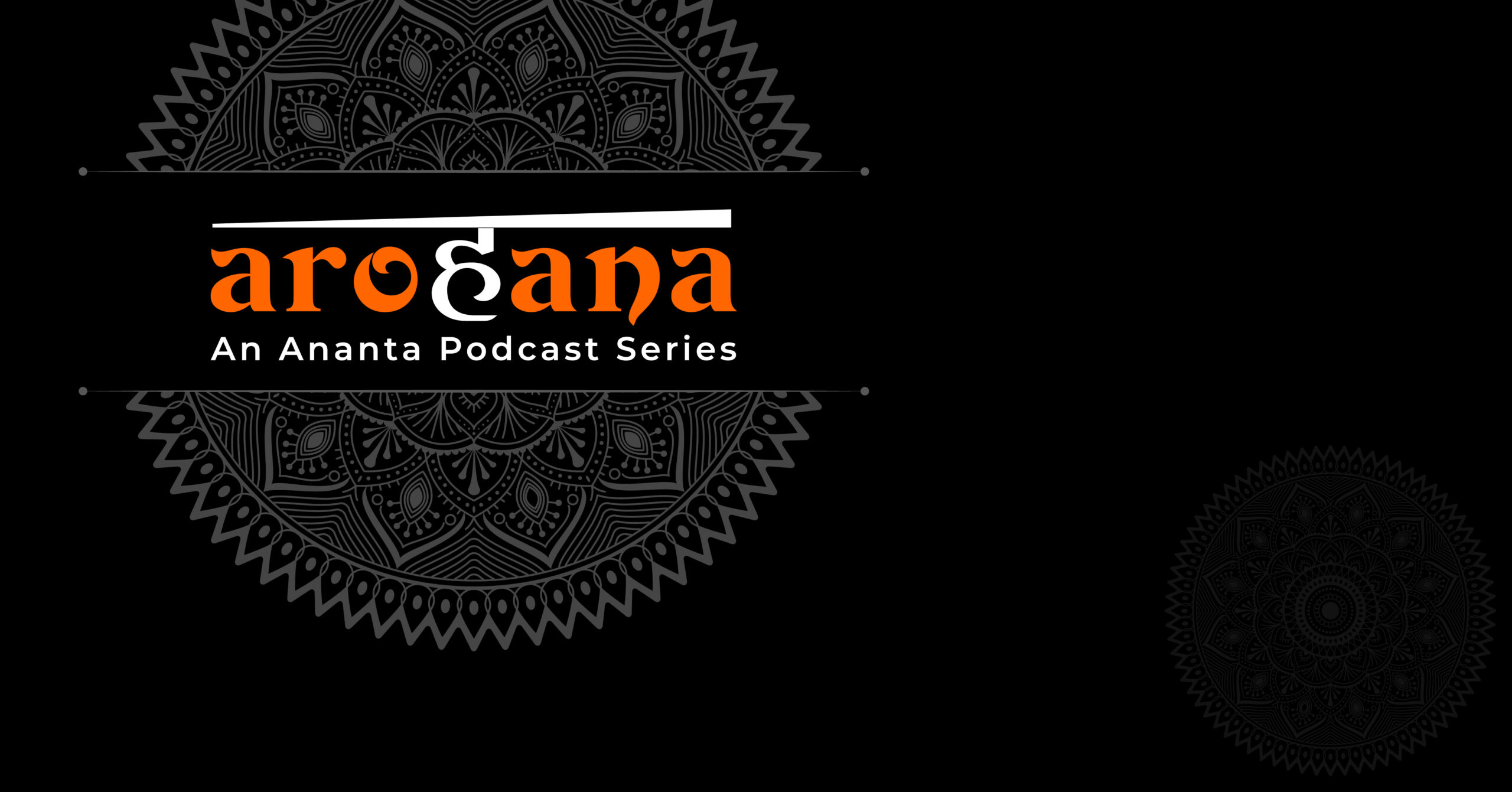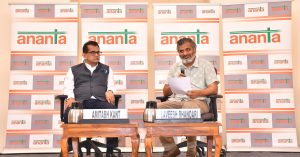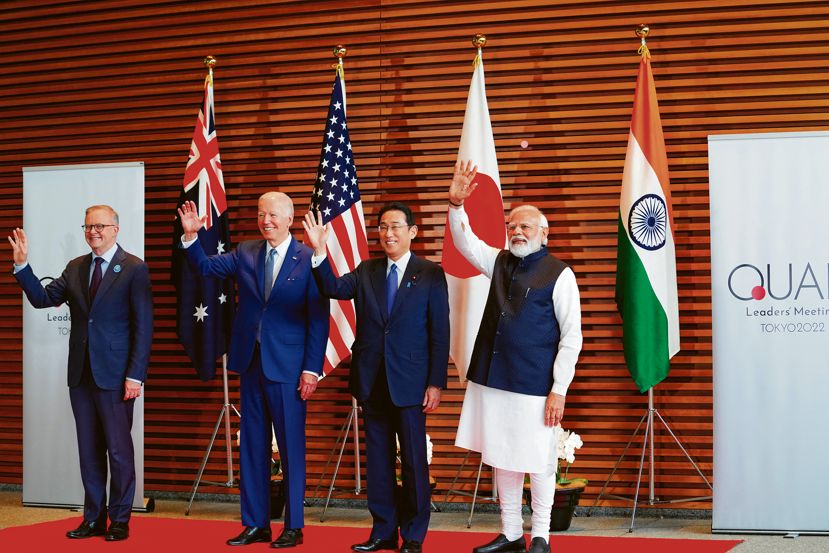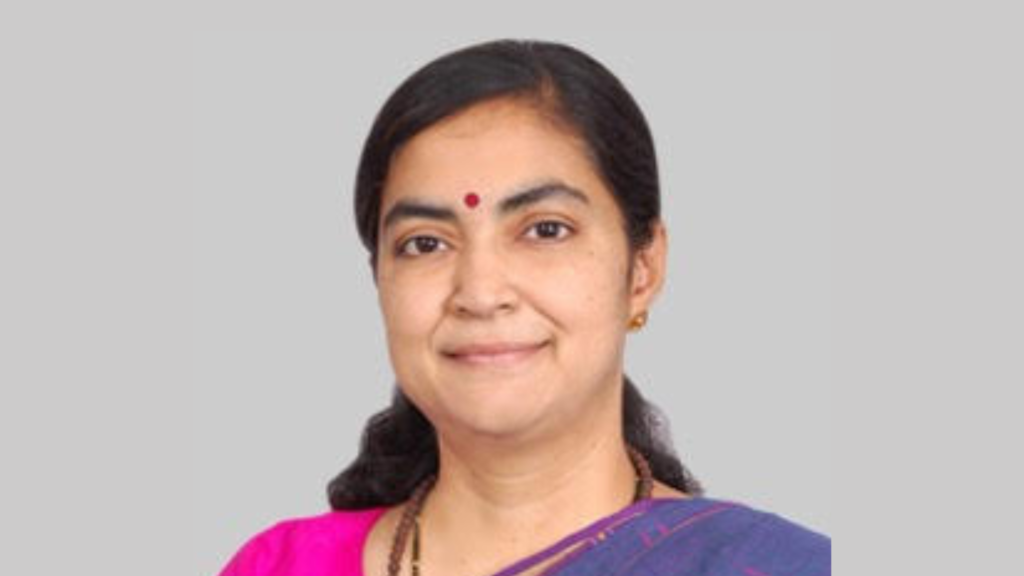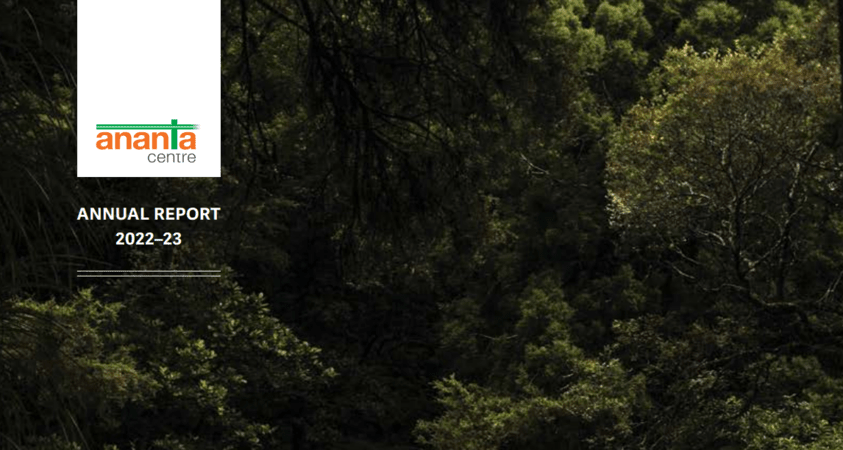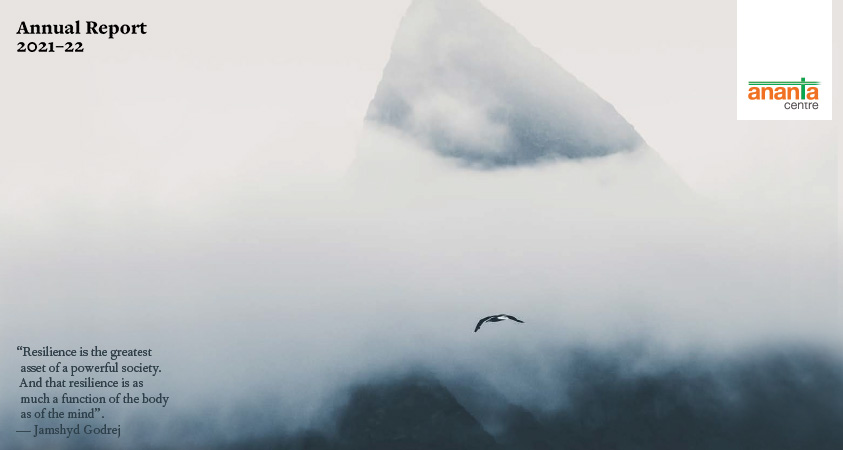Highlights
- Tax collections growth slows, but non-tax revenues are robust
- Trade winds remain rough for Indian economy
- Monsoon delays and El Nino fears cause concern
- BSNL is the new Air India, gets another financial package
- Higher MSP for kharif crop, but stock limit on wheat imposed
- Inflation moderates, but worries and challenges remain
- High-frequency indicators continue to look positive
- GDP and industrial output improve, but concerns persist
- RBI shifts focus, lays stress on 4% inflation target
Tax collections growth slows, but non-tax revenues are robust
Collections of taxes by the Union government continue to do well, but their growth has slowed a bit. Till June 17, 2023 (the last date for paying the first instalment of advance taxes was June 15), total direct tax collections, after refunds, were estimated at Rs 3.8 lakh crore, indicating a growth rate of 11 per cent. Net direct tax collections in the first quarter of last year (2022-23) were estimated at Rs 3.31 lakh crore. But this represented a much higher growth rate of 45 per cent. Even advance tax collections for the first quarter of 2023-24 at Rs 1.16 lakh crore represented a lower growth rate of 14 per cent. In 2022-23, the first-quarter advance tax collections had grown by 33 per cent. While the growth in net direct tax collections in the first quarter of 2023-24 so far has decelerated, an interesting trend of a rising rate of refunds has been maintained. Against Rs 0.30 lakh crore in June 2022, the refunds in June 2023 were up at Rs 0.39 lakh crore. Overall, net direct tax collections have continued to grow at a rate that is higher than the annual Budget target for 2023-24, which was to grow by 10.5 per cent over the revised estimate of 2022-23. Collections of indirect taxes by the Centre also did well in the first two months of 2023-24. Indirect tax receipts (including Customs revenue and the Centre’s share in goods and services tax collections) during April-May 2023 were estimated at Rs 2.46 lakh crore, up 19 per cent over collections in the same months of 2022. As in the case of direct taxes, indirect tax collections too have grown in the first two months at a rate much higher than the Budget target of 10.6 per cent. Prospects of the Centre’s non-tax revenues have got better with the Reserve Bank of India declaring a surplus, much higher than what was given in the Budget for 2023-24, and public sector enterprises as also state-owned banks declaring higher dividends. The Union Budget had set a target for raising Rs 43,000 crore by way of dividends from public sector enterprises and another Rs 48,000 crore through income from the RBI’s surplus transfer and state-owned banks’ dividends. The RBI has declared a surplus of Rs 87,416 crore and state-owned banks have announced dividends that would result in an estimated income of over Rs 1 lakh crore. Other state-owned enterprises have declared higher dividends for 2022-23, which will result in a dividend income of Rs 63,000 crore for the Centre. Much of this income would accrue to the Union government’s accounts for 2023-24. In other words, the actual collections of dividends from public sector banks as well as enterprises and surplus transfer from the RBI would exceeded the Budget target by a huge margin, providing the much-needed cushion for government finances in the current year.
Trade winds remain rough for Indian economy
India’s exports of merchandise goods in May 2023 contracted by 10.3 per cent to $34.98 billion, marking the fourth consecutive monthly decline. The fall in exports was attributed to an economic slowdown in India’s main export markets and an overall softening of global trade. Imports also fell to $57.1 billion, but the decline was lower at 6.6 per cent, largely because of moderating commodity prices. However, this was no comfort for India’s trade balance, as the deficit in May 2023 widened to a five-month high of $22.12 billion. A close look at the export numbers reveals that the decline is more pronounced in petroleum, gems and jewellery sectors. Excluding these, India’s exports fell by only 4 per cent in May. Indeed, electronics goods, drugs and pharmaceuticals continued to grow their exports in May. Similarly, non-petroleum and non-gems & jewellery imports fell by just 1.6 per cent. Cumulatively, India’s merchandise exports in the first two months of 2023-24 fell by 11 per cent to $69.72 billion, while imports for this period fell by 10 per cent to $107 billion. A cause for serious concern is India’s services exports, which continue to grow every month, but the rate has begun to decelerate. In May 2023, services exports increased by just 0.67 per cent to $25.3 billion, compared to a rise of 26 per cent in April at $30.36 billion. Cumulatively, services exports in the first two months of 2023-24 have grown by just 4 per cent to $51.14 billion. If exports of services also start declining, India’s challenges of managing the trade account would become a little more difficult. However, there are no threats yet to India’s current account balance with Chief Economic Advisor V Anantha Nageswaran estimating that the deficit would not exceed 2 per cent of GDP, but policy makers will have to keep a close watch on it.
Monsoon delays and El Nino fears cause concern
India’s annual tryst with the monsoon this year has remained fraught with many risks and uncertainties. The arrival of the south-west monsoon in Kerala was delayed by a week; instead of June 1, it arrived on June 8. Even after a delayed arrival, the monsoon remained stalled for about five days since June 12. Even as El Nino fears were confirmed, threatening a disruption to the monsoon’s journey, the emergence of the super severe cyclone, Biparjoy, that hit the western coastline of Gujarat, contributed to a further delay in its progression into different regions of the country. India’s monsoon brings about 70 per cent of its annual rainfall during these four months from June to September. Delays in the monsoon’s arrival and its spread affect the rainfall pattern. By the middle of June, the rainfall deficiency had reached a level of 47 per cent over the whole country. Region-wise, the deficiency was worse at 59 per cent in the Indian peninsula and 67 per cent over central India. The rainfall deficiency was the least at 32 per cent in eastern India and 23 per cent over north-western India as at the end of first half of June. The second half of June was expected to be better, but the delay has already affected the sowing pattern of crops across the country. Farmers have stayed away from crops that need rainfall and the acreage for millets and pulses has improved. Although the water storage levels across the country are comfortably high, the pressure on the existing irrigation system would increase if the rainfall spread remains uneven and the shortfall in the first half of June is not made good in the following month and a half. Any disruption in crop output could result in food prices going up again and making the task of the Reserve Bank of India to bring retail inflation closer to the inflation target of 4 per cent a little more onerous.
BSNL is the new Air India, gets another financial package
The Centre has announced yet another revival package for the state-owned Bharat Sanchar Nigam Limited or BSNL, which once used to enjoy a monopoly in the fixed telephony markets in the entire country except in Delhi and Mumbai. BSNL’s market share has fallen precipitously over the last several years and at present its revenue share in the domestic telecom market is languishing at just about 8 per cent. Its workforce was down to about 81,000, after as many as 79,000 employees opted for an attractive voluntary retirement scheme (VRS) introduced in the latter half of 2019. By 2021, that strength declined further to 63,000 following natural attrition and the BSNL management’s decision to abolish almost all the posts, whose occupants had opted for the VRS in 2019. The VRS was funded by the government as part of its first revival package valued at Rs 69,000 crore and announced in October 2019. Other elements in that package were conversion of BSNL’s dues into equity and a planned merger with the Mahanagar Telephone Nigam Limited, an idea that never got implemented. A second revival package was introduced in July 2022. This was a bigger package, valued at Rs 1.64 lakh crore aimed at providing financial support for BSNL’s capital expenditure, settlement of the dues of adjusted gross revenues to the Centre and the merger of Bharat Broadband Network Limited (BBNL) with itself. This merger was completed by September 2022. Consequently, BBNL’s project to provide rural broadband connectivity to gram panchayats through an optic fibre network called BharatNet was subsumed in BSNL. In June 2023, the government announced a third package costing Rs 89,000 crore. This was aimed at raising BSNL’s authorised capital from Rs 1.5 lakh crore to Rs 2.1 lakh crore and at providing it 4G and 5G spectrum so that it could deploy these services for its customers. The government policy on announcing financial packages of over Rs 3.23 lakh crore to revive BSNL in the last four years is driven by its consideration that it wants to retain a public sector unit in the telecommunications sector because of its strategic importance. But the cost of implementing this policy of not privatising a strategic sector public sector enterprise like BSNL is becoming huge. The Centre has so far committed to infusing over Rs 86,000 crore of equity into BSNL. Before its privatization in January 2022, Air India too was a drain on the resources of the Central exchequer. How long BSNL will continue to be a similar drain like Air India of the past, only time will tell.
Higher MSP for kharif crop, but stock limit on wheat imposed
The month of June saw the Modi government unveil two important initiatives that had a direct impact on farmers. On June 7, the Union Cabinet approved an increase of between 6 per cent and 10 per cent in the minimum support prices (MSP) for major kharif crops during the marketing season of 2023-24. Paddy, millets, pulses, oilseeds and cotton benefitted from the increase, which was much higher in the previous four years. Paddy got an MSP increase of 7 per cent while moong, one of the major pulses grown during the kharif season, saw its MSP go up by over 10 per cent. Although this increase was the highest in the last five years, it was nowhere near what the governments in the past announced in a pre-election year. The average increases in the marketing seasons for 2008-09, 2013-14 and 2018-19 were in double digits. With five Assembly elections due to be held in December 2023, to be followed by the general elections in May 2024, a rise in MSP for major crops should please farmers and go a long way in furthering the ruling party’s electoral prospects. But just five days after the increase in MSP for kharif crops, the government took a step that was primarily aimed at keeping check on wheat prices. On June 12, it imposed limits on the quantity of wheat that traders, wholesalers, big retailers and processors could hold until March 31, 2024. This was the first time in about 15 years that any stock limit was imposed on wheat. The decision on wheat stock limits came just about 10 days after similar stock limits were imposed on tur and urad pulses in a bid to prevent hoarding and check any further price rise. Tur prices had risen by 19 per cent in the last one year, while the price increase for urad was modest at less than six per cent. But the stock limits on wheat was a surprise as the country was expecting a bumper wheat harvest of over 112 million tonnes in the 2022-23 crop marketing season ending on June 30, 2023. Even wheat prices had remained soft in the last few weeks. Was the decision on imposing stock limits on wheat triggered by the government’s apprehensions over delayed monsoon affecting agricultural output in the coming season and pushing up wheat prices? Or was the decision taken because the reported wheat crop output of 112 million tonnes might have been overestimated and the authorities were worried that prices might firm up in light of an actual lower wheat production? Note that the Centre had also decided to liquidate 1.5 million tonnes of wheat from its inventories with immediate effect for bulk consumers through e-auctions. In addition, the Food Corporation of India decided to offload rice through its open market sale scheme. Clearly, there are worries over wheat and rice prices.
Inflation moderates, but worries and challenges remain
There are now clear signs that inflation is cooling down, although dangers of a resurgence are still lurking. Retail inflation, measured by changes in the Consumer Price Index or CPI, declined to a 25-month low of 4.25 per cent in May 2023. In the previous month, the CPI print was 4.7 per cent. The deceleration in retail inflation was driven by a decline in food, fuel, clothing and service prices. Indeed, food inflation in May fell to an 18-month low of 2.91 per cent, compared to 3.84 per cent in April. The Wholesale Price Index (WPI) also moved further down into deflation in May with wholesale prices falling by 3.48 per cent, a seven-year low. In April, the WPI contracted by 0.92 per cent. The deflation is caused by a higher base effect (in May 2022, WPI inflation was 16.63 per cent) and a fall in prices of mineral oils, basic metals, food products, textiles, non-food articles, chemical products, crude petroleum and natural gas. Interestingly, there was a sharp divergence between WPI general inflation and WPI food inflation, with the former in deflation zone at 3.48 per cent and the latter still showing a rise in prices by 1.51 per cent. Fears of inflation rearing its ugly head again have not completely disappeared. The delayed monsoon made worse by the arrival of El Nino and uncertainties associated with crude oil prices could still spring a nasty surprise for the Reserve Bank of India (RBI) and the government, which are keen on keeping retail inflation anchored closer to the target of 4 per cent. The RBI’s estimate for 2023-24 shows that retail inflation could be around 5.1 per cent. The statement of the RBI Governor, Shaktikanta Das, at a meeting organised by Central Banking in London explained why the assessment on inflation is still cautious. The Governor said: “As per our current assessment, the disinflation process is likely to be slow and protracted with convergence to the inflation target of 4 per cent being achieved over the medium term.”
High-frequency indicators continue to look positive
High-frequency indicators for the economy showed continued buoyancy. Collections of goods and services tax (GST) for May rose by 12 per cent to Rs 1.57 lakh crore. In April also, GST collections had grown by 12 per cent. The May 2023 figure showed that GST collections were above Rs 1.5 lakh crore in each of the last five months. Government officials indicated that monthly GST collections of around Rs 1.55 lakh crore to Rs 1.6 lakh crore during the remaining months of 2023-24 were now achievable. Echoing such optimism was the manufacturing Purchasing Managers’ Index (PMI), which for May hit a 31-month high of 58.7. Any number above 50 indicates expansion. But the May figure was influenced by a rise in input stocks and a robust increase in new orders and output. Sales of passenger vehicles (measured by despatches to dealers) in May notched up a record growth rate of 13.5 per cent at 334,802 units. Of course, improved supplies of semiconductor chips helped the bump in sales, but the demand for passenger vehicles seemed to be quite strong. Online payment through the Unified Payments Interface (UPI) scaled a new high of Rs 14.3 lakh crore in May, recording as many as 9.41 billion transactions. Even payments through the Immediate Payment Service (IMPS) platform rose to Rs 5.26 lakh crore in May. The month-on-month increases in such transactions for both UPI and IMPS were just about 1 to 2 per cent, but the rising trend in such payments shows increasing formalisation of the economy.
GDP and industrial output improve, but concerns persist
Macroeconomic indicators for the Indian economy, released in June, looked up, giving hope to policy makers in the government. The real growth of India’s gross domestic product (GDP) for 2022-23 was revised upwards to 7.2 per cent, from an earlier estimate of 7 per cent. The bigger positive surprise came from the GDP numbers for the fourth quarter- at 6.1 per cent compared to 4 per cent in the same quarter of 2021-22. There were, however, areas of concerns as well. Manufacturing output (gross value added) grew by just 1.3 per cent, indicating that growth last year was driven by services, agriculture, and construction. Gross fixed capital formation or a proxy for the investment rate inched up to 34 per cent of GDP, from 33 per cent in 2021-22 and 31 per cent in 2020-21. But private final consumption expenditure remained virtually stagnant at 58 per cent of GDP. In terms of growth, investments grew by over 11 per cent, while private consumption expenditure increased by only 7.5 per cent. Government consumption expenditure contracted, suggesting how in the post-Covid year government spending has been reined in and has helped moderate overall fiscal deficit of the Central and state governments. Industrial growth in 2022-23 was estimated at 5.1 per cent, down from 11.4 per cent in the previous year. Manufacturing, which has a weight of 78 in the lndex of Industrial Production or IIP, grew by 4.5 per cent, significantly down from 11.8 per cent in 2021-22. Industrial output continued to maintain its uptrend with a growth rate of 4.2 per cent in April 2023, recovering from a tepid growth rate of 1.1 per cent in March 2023. Once again, it was manufacturing that held the key to industrial growth, a sector that grew by 4.9 per cent in April significantly up from an anaemic 0.5 per cent in March.
RBI shifts focus, lays stress on 4% inflation target
There were no surprises at the end of the June review of the monetary policy by the Reserve Bank of India’s Monetary Policy Committee (MPC). Status quo in the repo rate (at which the central bank lends to the scheduled banks against government securities) was maintained for the second consecutive review meeting. Its April review also had decided on a pause in the repo rate at 6.5 per cent, after having raised it by 250 basis points between May 2022 and February 2023. The monetary policy stance was retained with its continued focus on withdrawal of accommodation to ensure that inflation progressively aligned with the target while supporting economic growth. If there was any surprise in the June monetary policy review meeting, it was in the MPC’s decision to return to its primary goal of adhering to the retail inflation target of 4 per cent, which had been kept in abeyance in the past three years due to the pandemic shocks and the war in Europe. In the last few years, the MPC was focused more on keeping retail inflation within the upper tolerance band of 6 per cent. Now, the RBI is back to focusing on the inflation target of 4 per cent. The other surprise was the revelation by the RBI that of the total Rs 3.2 lakh crore of two-thousand-rupee notes in circulation, almost 50 per cent or Rs 1.8 lakh crore had returned to the banks. From May 23, currency notes of Rs 2000 denomination were being either exchanged or returned to bank accounts following the RBI’s decision to withdraw such notes from circulation. The deadline for such exchange and depositing them with banks is September 30, 2023. Of the total currency notes that have returned to the banks, almost 85 per cent of them were deposits.



